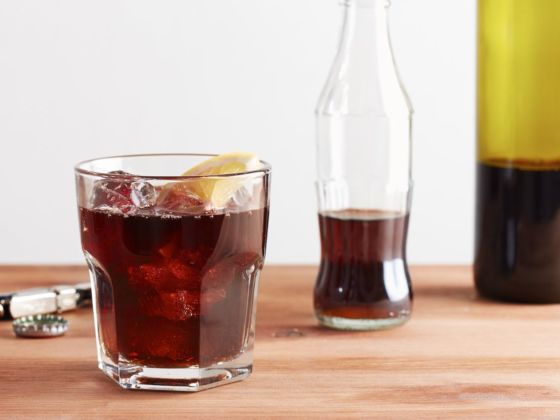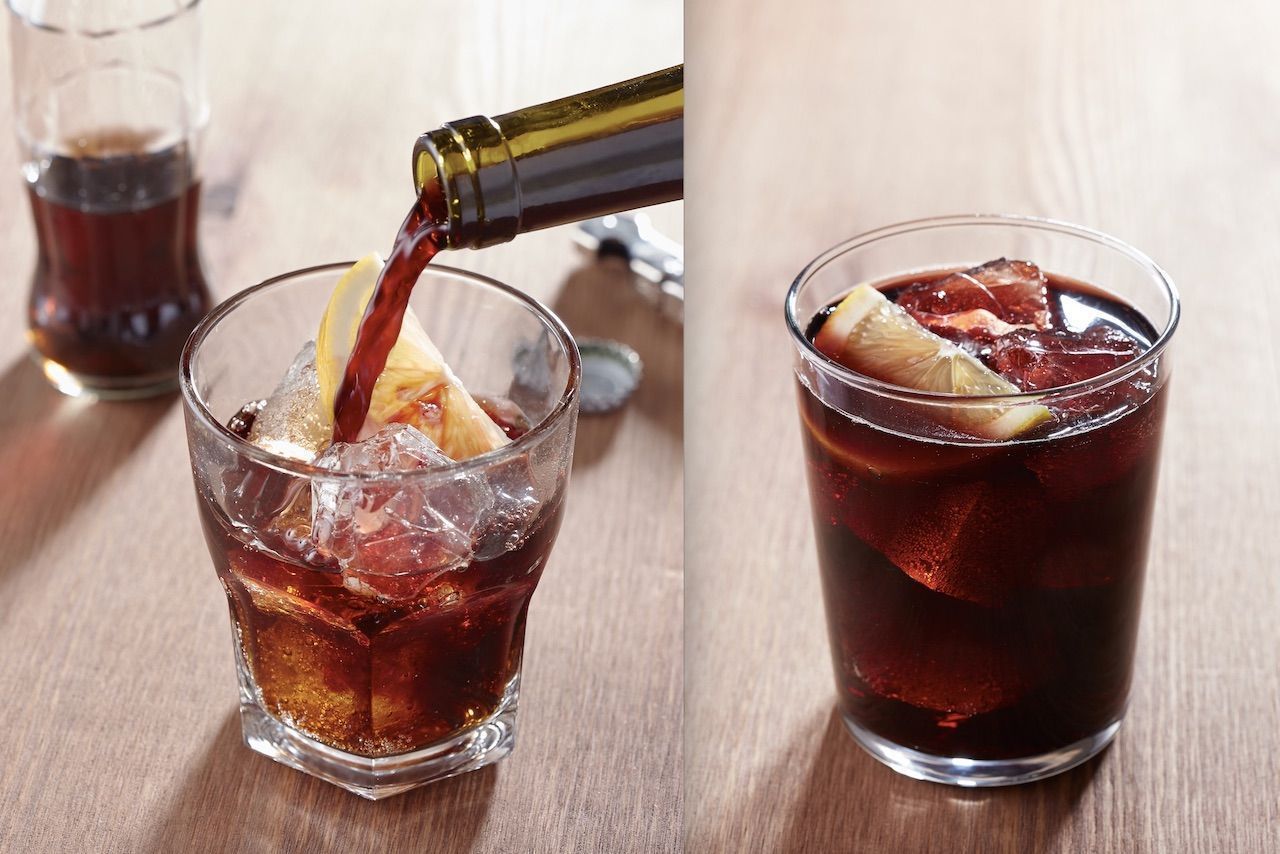The most memorable things we come across when we travel often took a long, winding path to get to what they are today. This is Origin Story, a series that looks into the various influences that made the cultural touchstones we know today.
In 1971, Coca-Cola debuted what is now considered one of the world’s most famous commercials. The advertisement features a catchy jingle about wanting to buy the world a Coke. On August 12, 1972, at 5:00 PM, according to local legend, a group of young merchants in Spain with a bad batch of wine bought a lot of Coke during a festival and mixed it with the wine. They called it Kalimotxo. It has since become one of the most popular ways to buy someone a Coke in their little section of the world.

